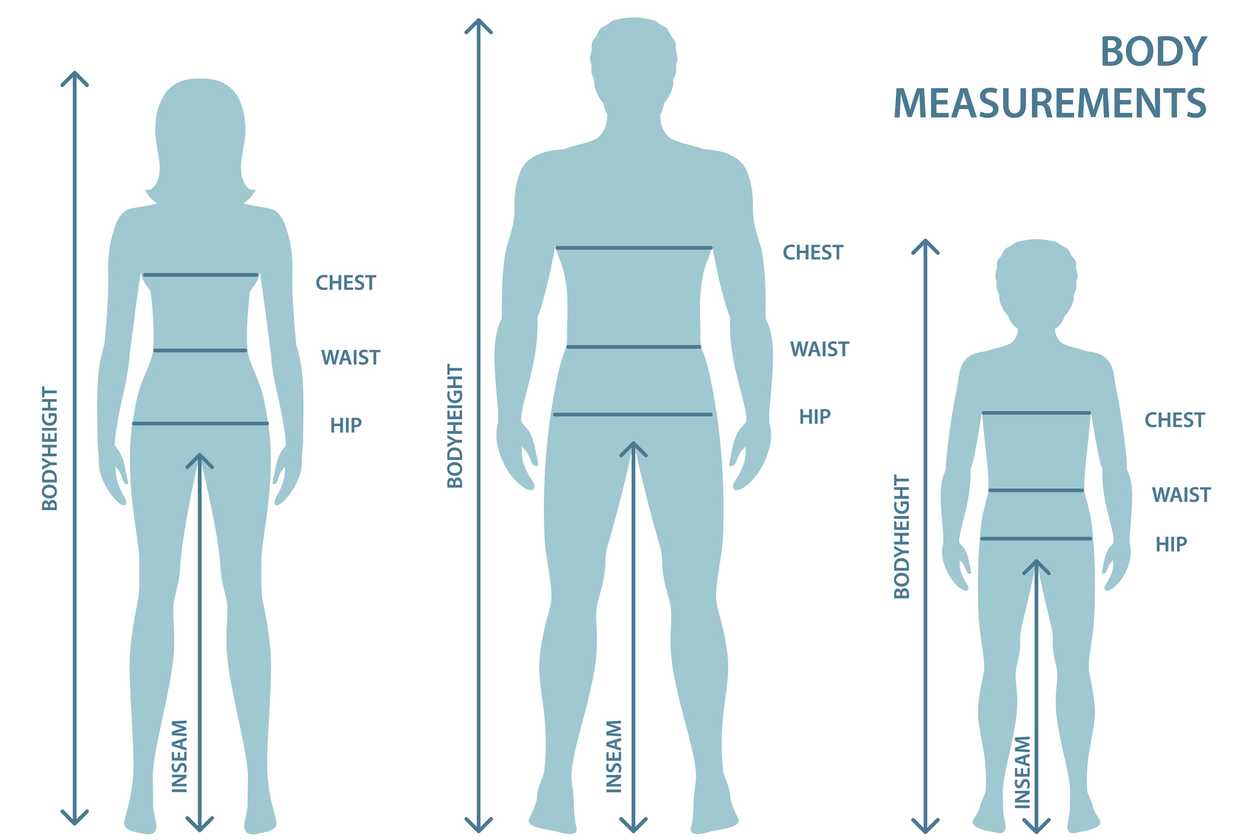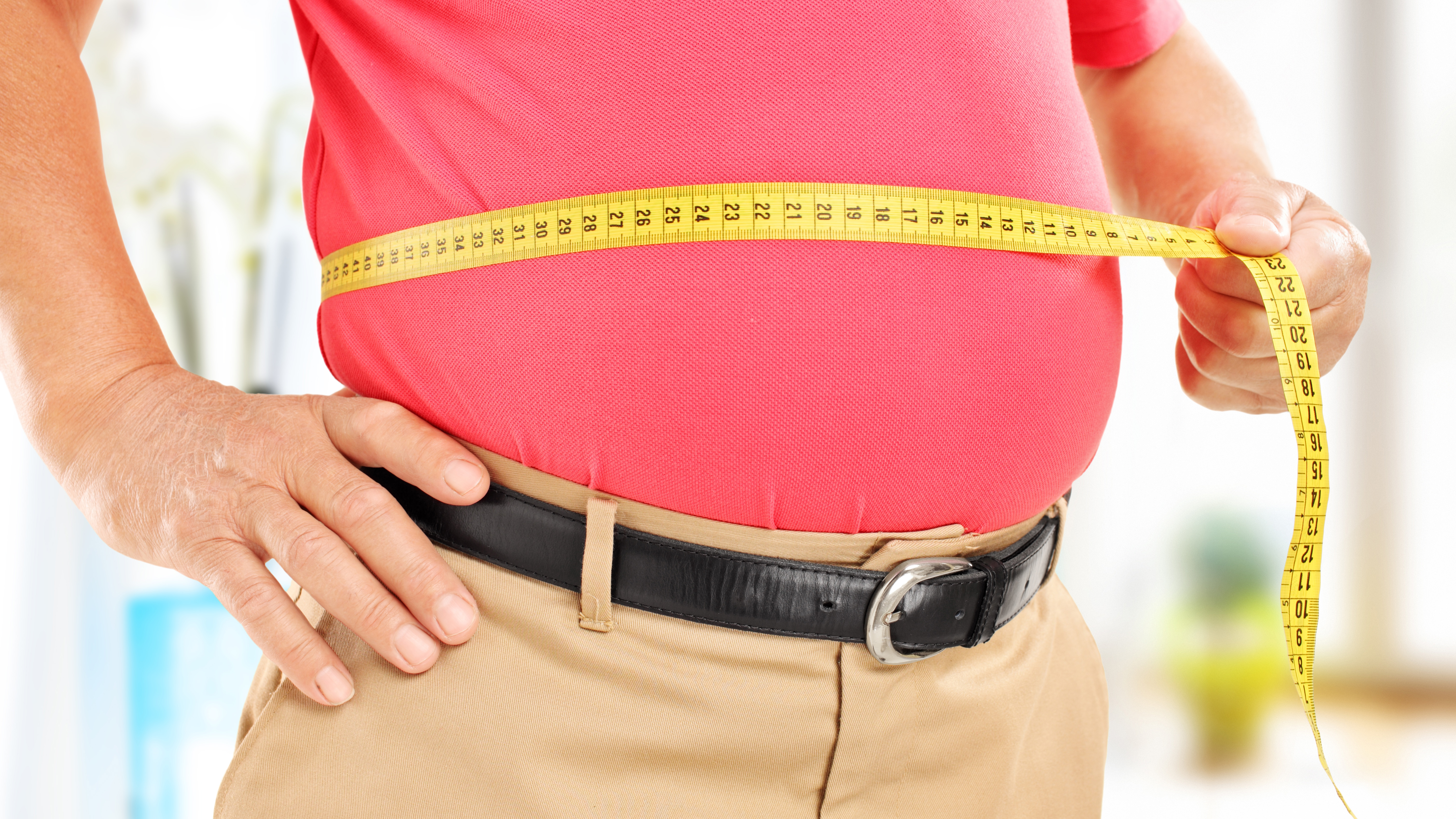The best time to measure your waist is in the morning on an empty stomach, before you eat or drink anything. It is recommended to measure your waist after emptying your bowels to get accurate and consistent results.
Taking measurements under the same circumstances each time is also important. Measuring your waist in the morning ensures that factors like food intake and bloating throughout the day do not impact the measurement. It provides a baseline measurement to track your progress accurately.
Taking consistent measurements at the same time and in the same conditions will help you monitor your waist size effectively.

Credit: time.com
Best Time To Measure Waist
When it comes to measuring your waist, the timing of when you do it can have a significant impact on the accuracy of the measurement. Factors such as food consumption, bowel movements, and time of day can affect your waist size. Let’s delve into the best times to measure your waist and why it matters.
Importance Of Timing
Measuring your waist at the same time each day can provide more consistent and reliable results. The circumference of your waist can fluctuate throughout the day due to various factors, so establishing a routine for measurement is crucial for tracking changes accurately.
Factors Affecting Waist Measurement
Several variables can influence the size of your waist when you measure it, including the timing of meals, hydration, and physical activity. These factors can lead to fluctuations in waist size, emphasizing the need for consistency in measurement times.
Morning Measurements
Early in the morning, before consuming any food or liquids, is an ideal time to measure your waist. This period offers the most standardized conditions for taking measurements, providing a baseline for comparison.
After Emptying Your Bowels
Another suitable time for measuring your waist is after emptying your bowels. This can help minimize the impact of food and waste on your waist size, leading to a more accurate representation of your body’s natural state.
Consistency In Measurement Times
Consistency is key when measuring your waist. Choosing a specific time each day, such as upon waking or before bedtime, and sticking to that routine can help mitigate the influence of daily variations and provide a more reliable progress tracking method.
Accuracy Of Waist Measurement
When it comes to measuring your waist, the accuracy of the measurement is crucial for tracking changes and establishing a baseline for health evaluation. A proper waist measurement ensures that you can monitor your progress effectively.
Correct Method Of Measurement
When measuring your waist, finding the bottom of your ribs and the top of your hips is crucial. Place a tape measure around your middle at a point halfway between them, ensuring it’s pulled tight but not digging into your skin. Breathe out naturally and take your measurement.
Frequency Of Measurements
It is advisable to measure your waist regularly, for example, once a month, to track any changes effectively. Additionally, keeping an eye on the fit of your clothes can provide a less precise but helpful indication of changes in waist size.
Healthy Waist Size
For men, a healthy waist size is typically less than 40 inches, while for women, it is less than 35 inches. These measurements indicate a lower risk of developing obesity-related health issues.
Changes In Waist Size Throughout The Day
It’s important to note that your waist circumference is not static and can change multiple times throughout the day. Factors such as food consumption and physical activity can influence these fluctuations. Research indicates that waist size can increase just three hours after eating, emphasizing the dynamic nature of waist measurements.
Waist Measurement Techniques
Understanding the correct techniques for measuring your waist is crucial to obtaining accurate results. Whether you are tracking your waist-to-hip ratio or monitoring belly size, follow these tips to ensure precise measurements.
Tips For Accurate Measurement
- Locate the bottom of your ribs and the top of your hips.
- Place the tape measure around your middle halfway between these points.
- Ensure the tape is tight but not digging into your skin.
- Breathe out naturally before taking the measurement.
- Double-check your measurement for accuracy.
Waist-to-hip Ratio Calculation
Your waist-to-hip ratio is determined by dividing your waist measurement by your hip measurement. This ratio can provide insight into your health and potential risks of certain conditions.
Measuring Belly Size
When measuring your belly size, focus on the area just above your belly button for the most accurate results. This can help you track changes in your midsection over time.
Steps For Waist Circumference Measurement
- Find the bottom of your ribs and the top of your hips.
- Place the tape measure around your middle at the midpoint.
- Ensure the tape is snug but not overly tight on your skin.
- Breathe out normally and take the measurement.
- Consider repeating the measurement for verification.

Credit: intermountainhealthcare.org
Timing Recommendations
To get the most accurate measurement of your waist, it is best to measure it in the morning on an empty stomach, before eating or drinking anything. This ensures consistent and reliable results for tracking changes over time and evaluating your progress effectively.
s in the morning is when you wake up, before you have eaten or drank anything. This timing is recommended because your body is in a fasted state and has not been influenced by food or fluid intake. Here are some key factors to consider when determining the best time to measure your waist:Morning Vs. Night Measurements
When it comes to measuring your waist, there is a debate between taking measurements in the morning versus at night. Some argue that morning measurements are more accurate because they are taken before any food or drink has been consumed. Others believe that night measurements are more accurate because they reflect the body’s true state after a day of eating and activity. However, research suggests that morning measurements are generally preferred. This is because they provide a consistent baseline that is unaffected by factors such as food intake, digestion, and water retention. Additionally, measuring in the morning allows for comparisons over time, as measurements are taken under similar conditions each day.Consistency In Measurement Times
Consistency is key when it comes to measuring your waist. To ensure accurate and meaningful results, it is important to measure at the same time each day. Whether you choose to measure in the morning or at night, establish a routine for yourself and stick to it. By measuring at consistent times, you eliminate potential variations caused by changes in eating patterns, hydration levels, and daily activities. This allows you to track your progress accurately and make adjustments to your health and fitness goals as needed.Recommendations From Health Websites
Health websites often offer guidance on the best time to measure your waist. According to the British Heart Foundation, it is recommended to measure your waist first thing in the morning, on an empty stomach. This aligns with the notion that morning measurements provide a more accurate reflection of your true waist size. Nourishable, a popular health YouTube channel, suggests measuring your waist in the morning before eating or drinking anything. This ensures minimal interference from external factors and provides a consistent measurement for monitoring purposes.Community Insights On Measurement Timings
Community insights on measurement timings vary, with some individuals preferring morning measurements and others finding night measurements more appropriate. The choice ultimately depends on personal preferences and routines. However, it is worth mentioning that many individuals find morning measurements to be more reliable and consistent. The morning routine offers a fresh start and eliminates any confounding factors that may affect measurements later in the day. In conclusion, the best time to measure your waist is in the morning, before eating or drinking anything. This timing provides a consistent baseline and minimizes external influences that may affect your waist size. Remember to be consistent in your measurement times and track your progress over time to reach your health and fitness goals.
Credit: www.instagram.com
Frequently Asked Questions On When Is The Best Time To Measure Your Waist?
Does Your Waist Size Change During The Day?
Yes, your waist size can change throughout the day due to factors such as food intake, digestion, and bloating.
What Is The Most Accurate Way To Measure Your Waist?
To measure your waist accurately, find the bottom of your ribs and top of hips. Place a tape measure around your middle, halfway between, above the belly button. Pull it tightly, without digging in, breathe out naturally, and take the measurement.
How Often Should You Measure Your Waist When Losing Weight?
Measure your waist circumference once a month while losing weight. Monitoring the fit of your clothes can also provide an indication of weight changes. However, keep in mind that waist size can fluctuate throughout the day due to factors such as digestion and exercise.
Is Your Waist Bigger After Eating?
After eating, your waist may appear bigger due to food and liquid intake.
Conclusion
Ensuring accurate waist measurements calls for consistency, preferably in the morning on an empty stomach. It may be prudent to follow established guidelines for enhanced reliability. Remember, precision matters in tracking progress effectively and staying informed about changes in your body composition.
Consistent measurements yield valuable insights.
